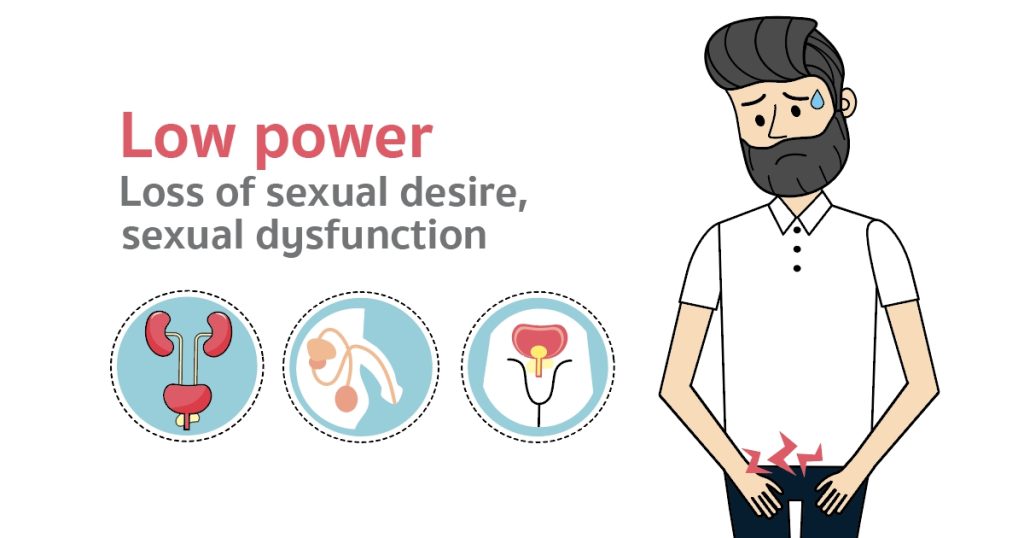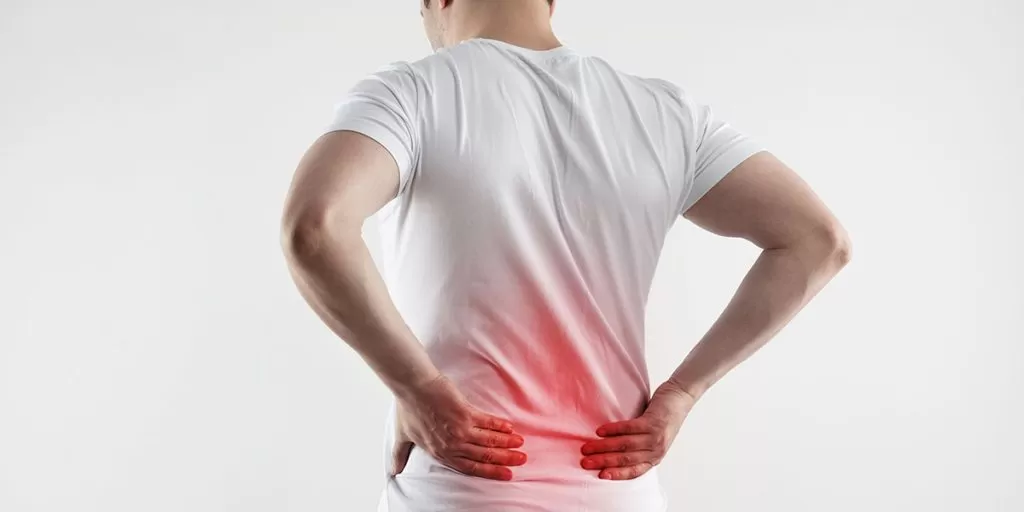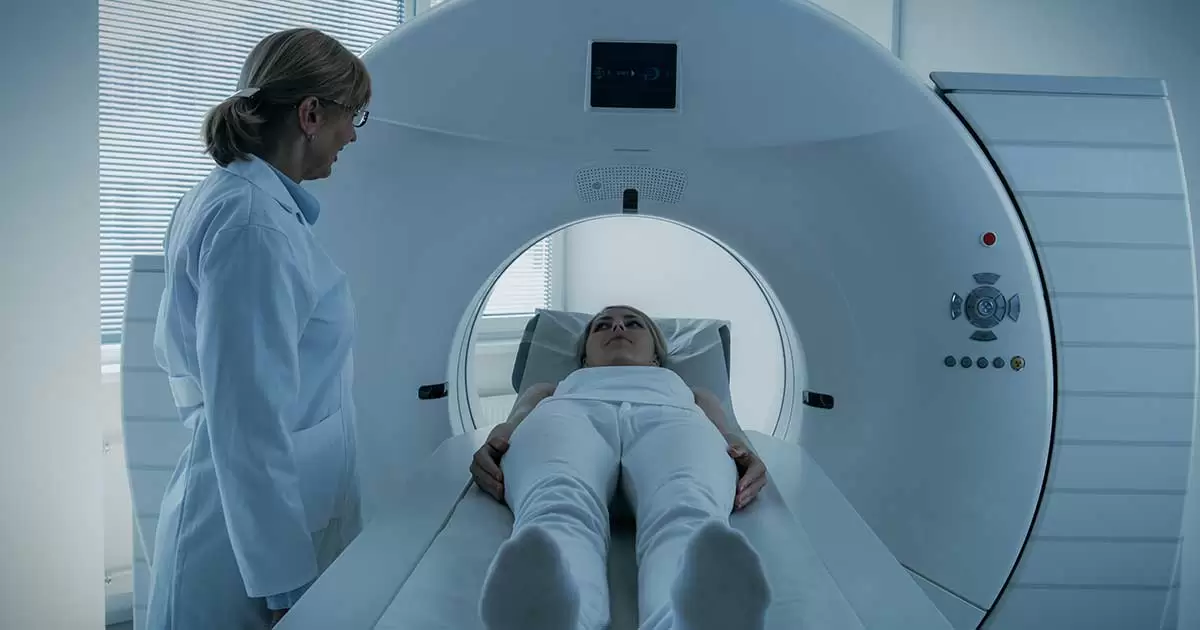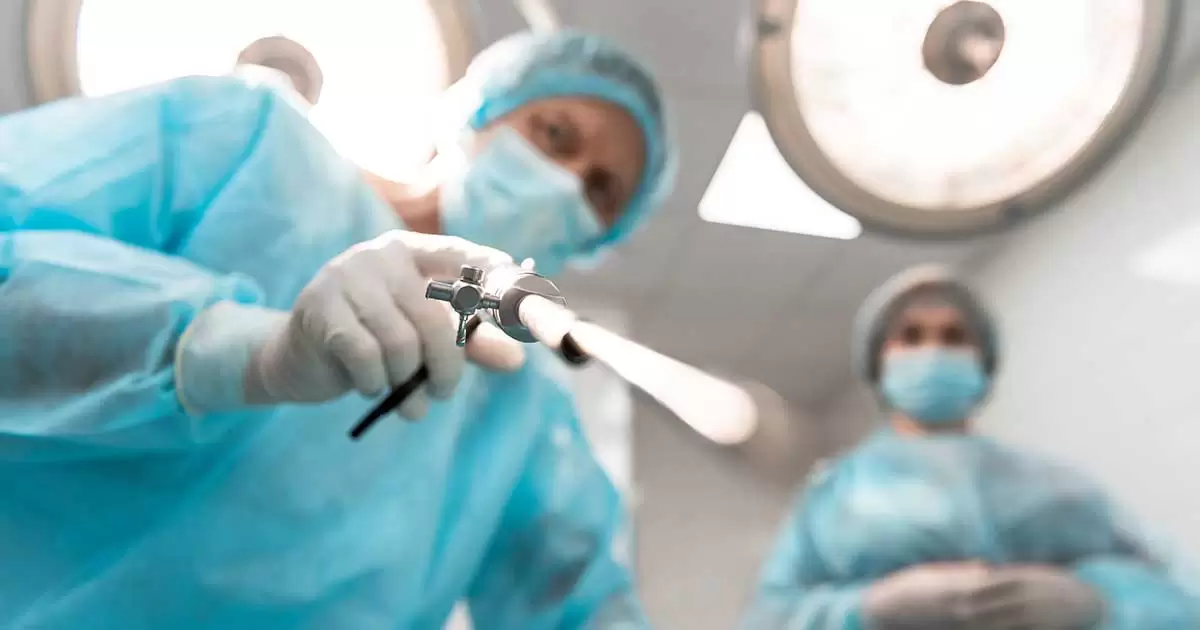
URSL (ureteroscopy with lithotripsy)

Ureters convery the urine from the kidneys to the urinary bladder. Patients with ureteral stones will present with renal colic or dull loin pain; if the problem is serious, renal function will be impaired. Therefore, surgical intervention is necessary.
- Fasting for 6 hours prior to procedures performed under general anaesthesia
- A written consent is required
- Ureteroscoped is passed through the urethra and urinary bladder up to the ureter under X-ray guidance
- The ureteral stones can be disintegrated by laser into small pieces, which can then be passed out along with urine
- The stones can be extracted with instruments
- Internal ureteral stents will be placed to facilitate healing and ensure drainage if necessary
- The stent will be removed with cystoscope a few weeks after the operation under local anaesthesia
- After general anaesthesia, you may feel tired, dizzy or weak. You will rest and stay in the hospital overnight
- You may have sore throat, headache, vomiting or bruises a the puncture site occasionally. They will subside after a few days
- Take painkillers as prescribed
- Patients may have loin pain or burning sensation during micturition. Sometimes the urine may turn red, or it may contain blood clots or small pieces of broken stones. These will disappear in a few days
- During the first 2 days, drink a lot of water (2-3 Litre per day) to facilitate urination. Avoid coffee, tea, coke or alcoholic beverages
- You have to attend the Accident and Emergency Department of a hospital if you have any of the following complications
- Severe pain despite taking the pain killer
- Difficult to or cannot pass urine
- Continue passing blood clots and blood in urine 2 days after operation
- Body temperature above 38℃ or 100°F
Share :
Related Articles
Related Doctors












- 1
- 2
- 3
- 4
- 5









